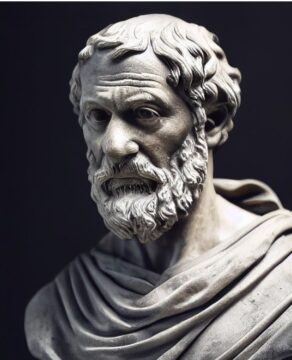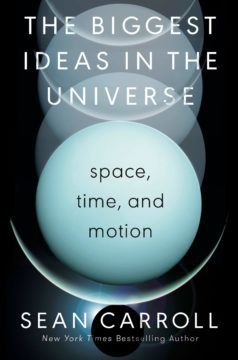by Gary Borjesson
Become what you are, having learned what that is. —Pindar
[To protect their privacy, I have changed identifying details of those mentioned here.]

What do we want for our lives? It’s a peculiarly human question; other animals don’t appear to be worrying about it. I’ve asked myself this question, sometimes with curiosity, sometimes more desperately, for as long as I can remember. I’m always moved when patients raise it in their therapy. A man who retired from a successful career said that when he looks into the future without the mantle of his professional title and status, he feels empty and lost, ashamed that at 70 he doesn’t know what he wants.
Sometimes we raise the question ourselves; sometimes the world raises it for us. Another patient, whose boyfriend just “dumped” her, is wrestling with her alcohol use. The men she wants in her life don’t want an alcoholic in theirs. She’s angry at the thought of sobering up for someone else, “Wouldn’t that be inauthentic?” At the same time, she (authentically) wants a partner in her life.
She knows what most of us know, that we want to be authentic. By “authenticity” I mean living in a way that is true to oneself and to one’s situation in the world. (For the bigger philosophic picture, see my previous column, Reclaiming Authenticity as an Ethical Ideal.) Authenticity resonates because it is that rare thing, an ideal that most of us embrace—despite our divergent religious, ethnic, social, and political values. After all, each of us faces (or not) the question of how to become our best selves.
Although we must ask and answer that question for ourselves, I will suggest a few core principles that can guide our way. I’ll start with Aristotle’s view, that the one thing we all want from life is to flourish, which means living in such a way as to be fulfilling our nature. This might sound about as helpful as telling someone who is struggling, “Just be true to yourself!” How do we even know what our true self is? If we’re a lonely alcoholic, is our true self more of the same, or is it sober and in a relationship?
We can find some guidance by unpacking two principles of flourishing that extend to living authentically. Read more »

 Physicists writing books for the public have faced a longstanding challenge. Either they can write purely popular accounts that explain physics through metaphors and pop culture analogies but then risk oversimplifying key concepts, or they can get into a great deal of technical detail and risk making the book opaque to most readers without specialized training. All scientists face this challenge, but for physicists it’s particularly acute because of the mathematical nature of their field. Especially if you want to explain the two towering achievements of physics, quantum mechanics and general relativity, you can’t really get away from the math. It seems that physicists are stuck between a rock and a hard place: include math and, as the popular belief goes, every equation risks cutting their readership by half or, exclude math and deprive readers of a deeper understanding. The big question for a physicist who wants to communicate the great ideas of physics to a lay audience without entirely skipping the technical detail thus is, is there a middle ground?
Physicists writing books for the public have faced a longstanding challenge. Either they can write purely popular accounts that explain physics through metaphors and pop culture analogies but then risk oversimplifying key concepts, or they can get into a great deal of technical detail and risk making the book opaque to most readers without specialized training. All scientists face this challenge, but for physicists it’s particularly acute because of the mathematical nature of their field. Especially if you want to explain the two towering achievements of physics, quantum mechanics and general relativity, you can’t really get away from the math. It seems that physicists are stuck between a rock and a hard place: include math and, as the popular belief goes, every equation risks cutting their readership by half or, exclude math and deprive readers of a deeper understanding. The big question for a physicist who wants to communicate the great ideas of physics to a lay audience without entirely skipping the technical detail thus is, is there a middle ground?